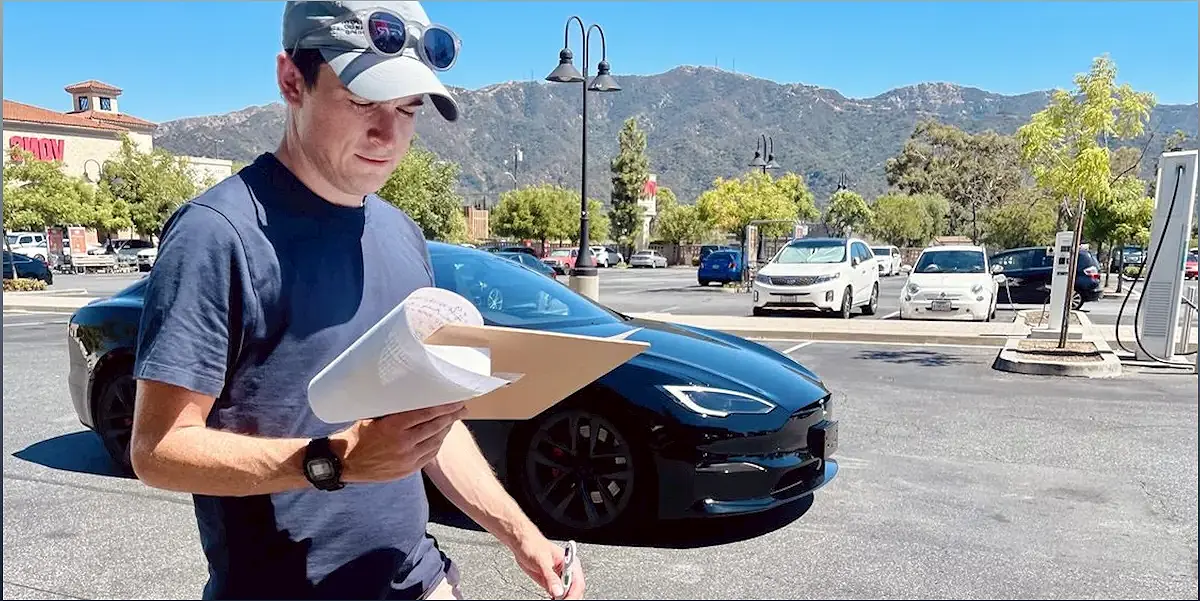Electric vehicles (EVs) are gaining popularity in the United States, but the charging infrastructure still presents challenges for EV owners. In this article, we will delve into the issues encountered with fast chargers and the contrasting experience at Tesla Supercharger stations. Join us as we explore the realities of EV charging in the US.
The Challenges of Fast Chargers
Explore the issues faced by electric vehicle owners when using fast chargers in the United States.
Fast chargers are a crucial component of the EV charging infrastructure, providing a quick and convenient way to recharge vehicles on the go. However, they come with their fair share of challenges.
One major issue is the reliability of fast chargers. As mentioned in the introduction, during the Performance EV of the Year test, two out of three fast chargers at the primary charging location were down. This not only causes frustration for EV owners but also leads to long waiting times and limited charging options.
Another challenge is the inconsistency in charging speeds. In some cases, fast chargers may de-rate themselves, significantly reducing the charging speed. This can be a frustrating experience for EV owners who rely on fast chargers for quick top-ups.
Furthermore, the maintenance of fast chargers can be an ongoing issue. Oil seepage and malfunctioning credit card readers are just a few examples of the problems that can arise, causing inconvenience for EV owners.
The Tesla Supercharger Advantage
Discover the seamless and efficient charging experience offered by Tesla Supercharger stations.
While fast chargers may present challenges, Tesla Supercharger stations offer a contrasting experience. These stations are known for their open stalls and working, high-speed chargers.
Plugging in at a Tesla Supercharger station is seamless and hassle-free. The payment process is smooth, and the charging session initiates without any issues. EV owners can simply plug in their cars, and the electrons start flowing.
This reliability and convenience make Tesla Supercharger stations a preferred choice for many EV owners. Unlike the long waiting times and limited availability at fast chargers, Tesla Supercharger stations provide a more efficient and stress-free charging experience.
The Future of EV Charging Infrastructure
Explore the potential challenges and solutions for the growing demand of EV charging infrastructure in the United States.
As the popularity of electric vehicles continues to rise, the existing charging infrastructure will face increasing demand. It is crucial to address the challenges and plan for the future.
One solution is to invest in the expansion and maintenance of fast chargers. Ensuring their reliability and increasing the number of charging stations can help alleviate the current issues faced by EV owners.
Additionally, collaborations between automakers, charging network providers, and government entities are essential to establish a robust and efficient charging infrastructure. This can involve standardizing charging protocols, improving interoperability, and incentivizing the installation of charging stations.
Moreover, advancements in technology, such as faster charging speeds and longer battery ranges, will also contribute to the growth and improvement of the EV charging infrastructure.
Conclusion
Electric vehicle charging in the United States presents both challenges and opportunities. While fast chargers can be unreliable and inconsistent, Tesla Supercharger stations offer a seamless and efficient charging experience. As the demand for EVs continues to grow, it is crucial to invest in expanding and maintaining the charging infrastructure, while also fostering collaborations between key stakeholders. Advancements in technology will further enhance the EV charging experience in the future.
FQA
What are the main challenges with fast chargers?
The main challenges with fast chargers include reliability issues, inconsistent charging speeds, and maintenance problems such as oil seepage and malfunctioning credit card readers.
Why are Tesla Supercharger stations preferred by many EV owners?
Tesla Supercharger stations are preferred due to their open stalls, working high-speed chargers, and seamless charging experience. Plugging in is hassle-free, and the payment process is smooth.
What is the future of EV charging infrastructure?
The future of EV charging infrastructure lies in expanding and maintaining fast chargers, fostering collaborations between stakeholders, and investing in technological advancements. These efforts will contribute to a robust and efficient charging network.

